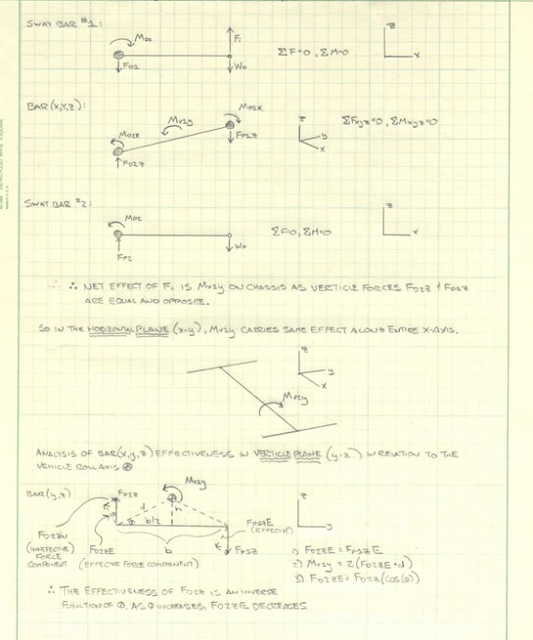Welcome to ENGR1304!

~~~~~~~~~~~~~~~~~~~~~~~~~~~~
~~~~~~~~~~~~~~~~~~~~~~~~~~~~~~~
Introduction -
Graphical communication has been used for hundreds of years...
Prehistoric drawings...

~~~~~~~~~~~~~~~~~~~~~~~~~~~~
~~~~~~~~~~~~~~~~~~~~~~~~~~~~~~~
Introduction -
Graphical communication has been used for hundreds of years...
Prehistoric drawings...

architectural drawings in ancient Greece and Rome...
Leonardo di ser Piero da Vinci;
April 15, 1452 – May 2, 1519, - an Italian Renaissance polymath revered for his technological ingenuity. He conceptualized flying machines, a tank, concentrated solar power, an adding machine, and the double hull, also outlining a rudimentary theory of plate tectonics. Relatively few of his designs were constructed or were even feasible during his lifetime, but some of his smaller inventions, such as an automated bobbin winder and a machine for testing the tensile strength of wire, entered the world of manufacturing . He made important discoveries in anatomy, civil engineering, optics, and hydrodynamics.
April 15, 1452 – May 2, 1519, - an Italian Renaissance polymath revered for his technological ingenuity. He conceptualized flying machines, a tank, concentrated solar power, an adding machine, and the double hull, also outlining a rudimentary theory of plate tectonics. Relatively few of his designs were constructed or were even feasible during his lifetime, but some of his smaller inventions, such as an automated bobbin winder and a machine for testing the tensile strength of wire, entered the world of manufacturing . He made important discoveries in anatomy, civil engineering, optics, and hydrodynamics.
Old School Drafting Instruments:
Supplies needed for class:
3 ring binder with dividers.
Pencil & eraser:
- .5 mm, or H / 2H lead
- If you bring in a wooden pencil, also bring a pencil sharpener.
- eraser: you will need more than what is on the end of your pencil.
Ruler, compass, protractor.
We will not be spending too much time on manual drafting, so don't spend a bunch of $ getting anything fancy - the dollar store is fine, but do get some basic tools!

Paper:
- Notebook paper (for taking notes with)
- Printer paper (or E- paper) for sketches.
- graph paper
Many engineering classes use E-paper, or engineering paper.
E-paper is great for drawing free-body diagrams, and rough sketches of designs. Designs are drawn on the blank side of the E-paper. The grid-lines on the back of the paper are dark enough to see on the front and help the user to draw neat and organized sketches.
You can create the same effect by printing out a piece of graph paper with dark ink.
Place the graph paper behind a piece of regular blank printer paper so that the grid lines show through.
Iso-graph paper can also be used to create 3D sketches.
Technical communication
Verbal Communication:
Meetings, presentations, conferences, discussions, conversations, etc.
Written Communication:
Proposals, Reports, Memos, Notes, Emails, Lab Books, etc.
What is the difference between technical and liberal arts communication styles?
What roles do engineering drawings play in the communication process?

Question: What is the difference between a technical drawing, and traditional art?
Ans: Precise communication distinguishes technical drawing from visual arts.
- Artistic drawings are subjectively interpreted; their meanings are multiply determined.
- Technical drawings have one intended meaning.
Example diagrams:
Mechanical Engineering:


Civil & Structural Engineering:


Offshore Rig (Chem and petroleum Engineering)

Rules of the game:
To make the drawings easier to understand, people use familiar:
- symbols
- perspectives (partial views, half views)
- units of measurement (imperial, metric)
- notation systems
- visual styles
- page layouts
- lettering
- lines
- Surfaces
- Materials
Together, such conventions constitute a visual language, and help to ensure that the drawing is unambiguous and relatively easy to understand.
Standards, or conventions, or industry standard - a set of technical definitions and guidelines that function as instructions for designers, manufacturers, operators, or users of equipment. These are commonly used approaches without any formal documentation behind it.
Code - A standard becomes a Code when it has been adopted by one or more governmental bodies and is enforceable by law, or when it has been incorporated into a business contract.
List of technical standard organizations:
link
Drawing Standards - link
Various disciplines; electrical, mechanical, pneumatic, hydraulic, etc., have industry recognized symbols to represent common components.
Example Line Types:

Hatching for different materials:





















